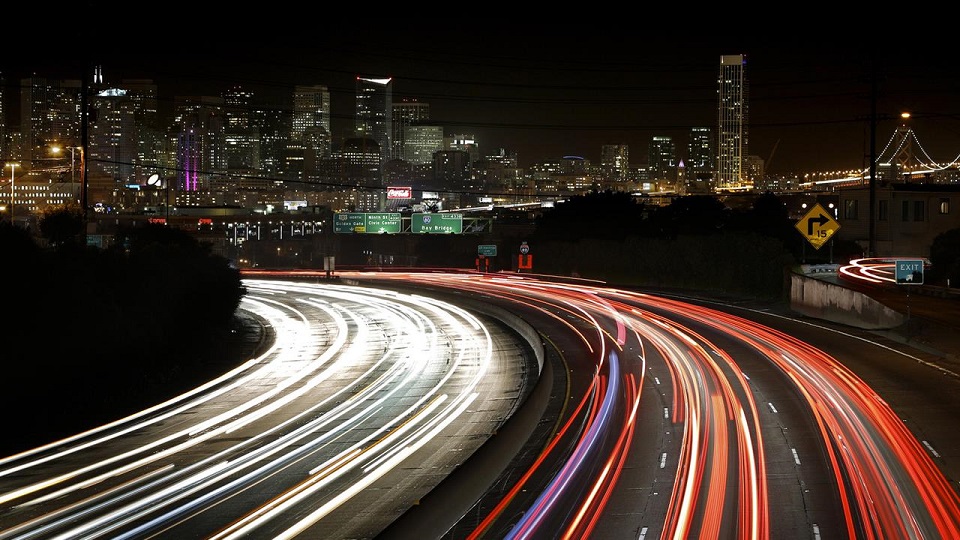
Time-lapse photography
Posted By: Baseline Communications / 0 comments
Time-lapse photography is when film, video, or photos are captured at a much lower frame rate in order
to make time look like it is going faster during the motion picture playback. This technique comes in
useful if you want to record an image sequence of something that is naturally moving slowly. In the old
days, you needed professional studio editing equipment to create this effect. Now there is video editing
software which allows any artist with a computer to do it.
For example, photographers that want to record a sunrise or day-to-night time lapse would first set their
camera to take a picture once per second. When they go to edit their pictures together, they will play
them back at a faster frame rate. That way, the action in the image sequence will happen faster for the
people watching it. If you set the sequence to play 25 frames per second, then 25 pictures would get
played consecutively in just 1 second rather than 25 seconds. As a result, you would see changes in the
imagery happen a lot faster. This keeps your audience entertained and ensures they don’t get bored.
Time-lapse photography can help artists be creative in many ways. You could show a two-hour image
sequence of flowers blossoming in just a couple of seconds. Another common time-lapse capture is of
people driving their cars throughout a city as it turns from day to night. You see this effect being done a
lot in major Hollywood films. In real estate, a construction company may want to show the evolution of
their building being constructed from start to finish. Instead of making the audience sit through
hundreds of hours of watching this construction, they can just sit for a few minutes and see the entire
building get erected through a fast time-lapse.
The use of a film camera for time lapsing is a little different than using a still camera. Film cameras
already capture motion picture at a rate of 24 frames per second. This makes it a little easier when
recording images for longer periods of time. The neat thing about modern-day film cameras is they
already have settings for changing the frame rate of the recordings as they happen. But when they are
played back, there are still 24 frames per second being projected. This means if the camera speed was
set to a lower frame rate than the default projection speed, the frames would be played faster and
would create the time lapse effect in your sequence.







